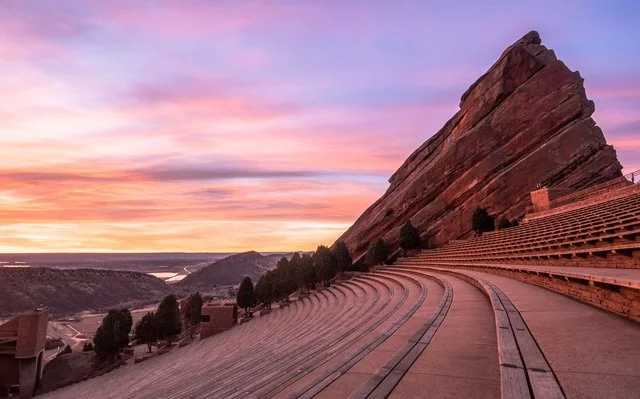San Antonio, Yesterday and Today
The Alamo
San Antonio
Our second day in San Antonio was action packed with history, outdoor beauty and a great tavern. We started at the Alamo. You do remember the Alamo don’t you? The defeat of the Americans, including the famous Davy Crockett, Jim Bowie and William B. Travis, became the rallying cry that led to the independence of Texas, the annexation of Texas and ultimately the Mexican American War. Once you expand your learning beyond childhood history and TV shows, the Alamo becomes much more complex. Yes, every soldier died defending the Alamo.
The question is , whose property was the Alamo, and Texas? It was actually a state of Mexico, and although Mexico had allowed American settlers, there had been an influx of illegal US immigrants. I know, sounds odd, right? But Americans had moved in, and then decided they wanted to take it over. Ultimately, this led to Mexico losing 55% of its territory (which included all of our current border states, home to some families who have lived here before the states changed hands)
After that sobering visit we headed to the Governor’s Palace, restored to its colonial splendor. The gardens were lovely, and the King and Queen of Spain had visited to celebrate the 400 year anniversary of San Antonio. One can’t remain sober for too long, so we headed to the Esquire Tavern to enjoy some local beer, and a light lunch. The tavern has that dark, intimate feel in spite of the +/- 75 foot long bar. My beef empanada was spicy and tasty. Chris had a lamb burger and fries. Okay, so light might not be quite the right word for our meal! From there we headed to the beautiful and quite unique Japanese Tea Garden.
The sunken gardens were built in a former quarry, land that was donated to the city by by George Washington Brackenridge, president of the San Antonio Water Works Company. The gardens have stone pathways, bridges, koi ponds, waterfalls, flowers, trees and other greenery. The garden is peaceful, yet urges exploration.
The true history of the gardens is much like the koi pond, deceptively calm on the surface. Yet when disturbed by the swimming fish, or a pebble, the water is disturbed by ripples that begin in the center and radiate out to the edge. We have the beauty and tranquility of the gardens today due to the generosity of a man, Brackenridge, who was a pillar of society as well as a carpet bagger who made his money during the reconstruction after the Civil War, convict labor, and the dedication of the Japanese American artist Kimi Jingu, his wife and 8 children who lived in and cared for the garden for decades before being evicted in 1941. We did not understand why the Entrance to the gardens had a gate and sign that read Chinese Tea Garden. This was done back during WWII To prevent vandalism and destruction due to Anti-Japanese sentiment.
History must be evaluated not just from our current perspective , but also from the context of the times. I do hope, however, that Kimi Jingu and his family know how blessed San Antonio, and all visitors are, due to their talent and dedication.
If you are in San Antonio, although not one of the top tourist draws, don’t miss out on these lovely and poignant gardens.
The River Walk all dressed up for the holidays




















